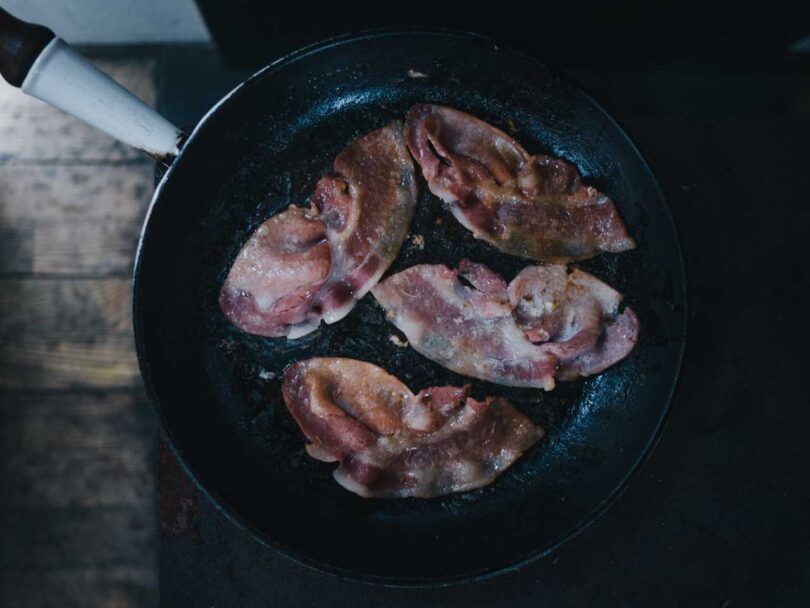Looking to take your desserts to the next level? Want to impress your guests with perfectly whipped cream and unique flavor combinations? Look no further! This article explores a range of chef tips and techniques that will elevate your creations.
Ever wondered how to achieve that smooth and creamy whipped cream? Chefs recommend using an immersion blender.
And if you’re feeling adventurous, why not try adding sourdough to your desserts for a tangy twist? From flaky biscuits to flavorful pies, this article has got you covered with expert advice.
So, get ready to unleash your culinary creativity and discover the secrets to perfect whipped cream, unique desserts, and more!
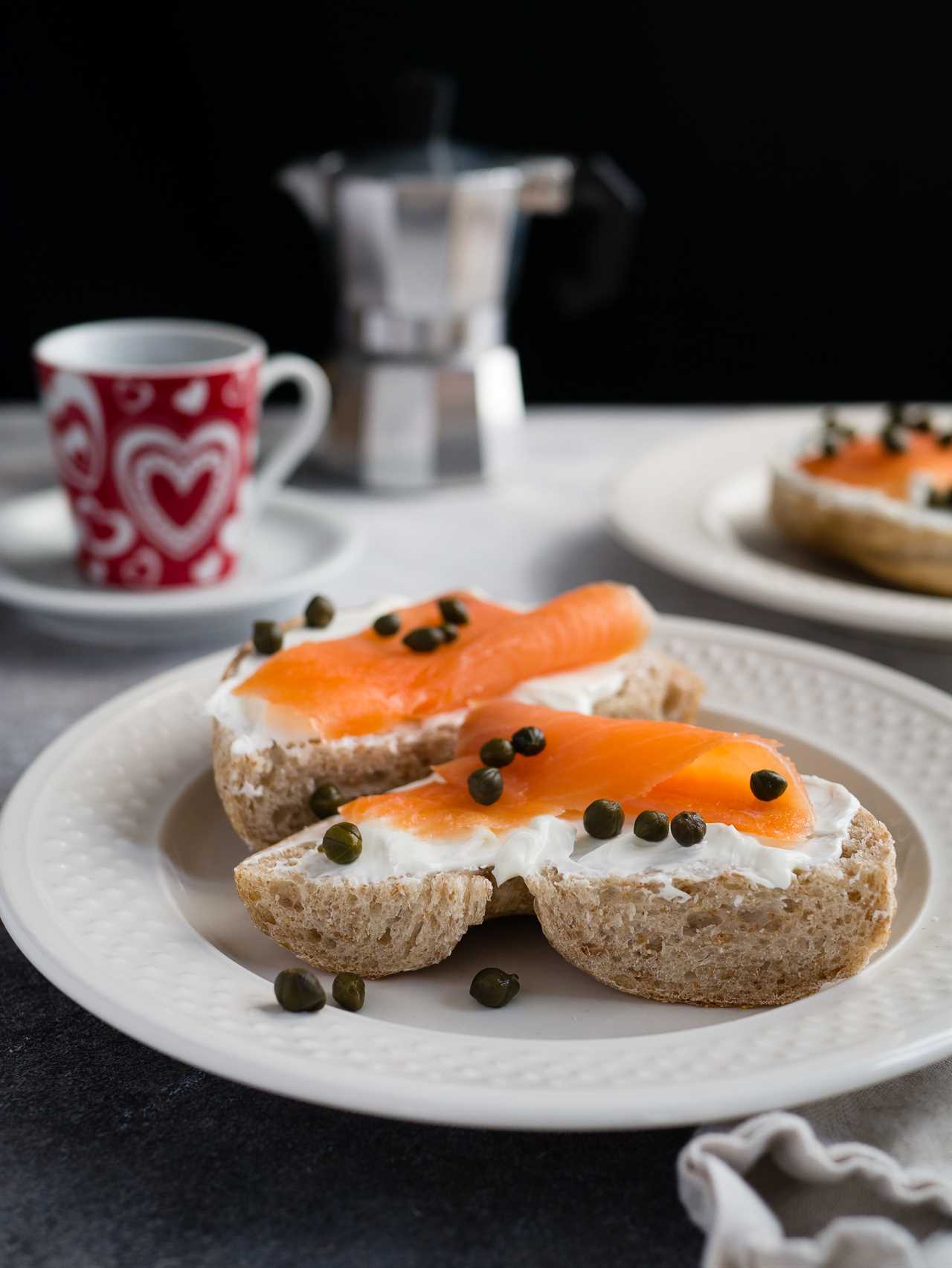
Key Takeaways
- Using an immersion blender can create smooth and creamy whipped cream.
- Sourdough bread adds depth and unique texture to bread pudding.
- Combining butter and shortening creates a flaky and tender texture in biscuits.
- Extended baking time ensures a fully cooked and flavorful pie.
Immersion Blender for Perfect Whipped Cream
Chefs praise using an immersion blender to make whipped cream because it creates a smooth and creamy texture. This handy kitchen tool is not just for soup purées; it can also whip up a batch of delicious whipped cream in no time.
With the immersion blender, there’s no need to spend endless minutes whisking by hand or dragging out a bulky stand mixer. Simply pour your cream into a tall container, insert the immersion blender, and blend until soft peaks form.
The result is a luscious, velvety whipped cream that is perfect for topping desserts, like a tangy sourdough bread pudding. The immersion blender effortlessly transforms the cream into a heavenly cloud of sweetness, enhancing the richness and flavor of the dessert.
Sourdough in Unique Desserts
Using sourdough bread in unexpected ways has become a trend among bakers and dessert enthusiasts. The tangy flavor and unique texture of sourdough bread have sparked creativity in the kitchen. Chefs and home cooks alike are finding new and exciting ways to incorporate sourdough into their desserts.
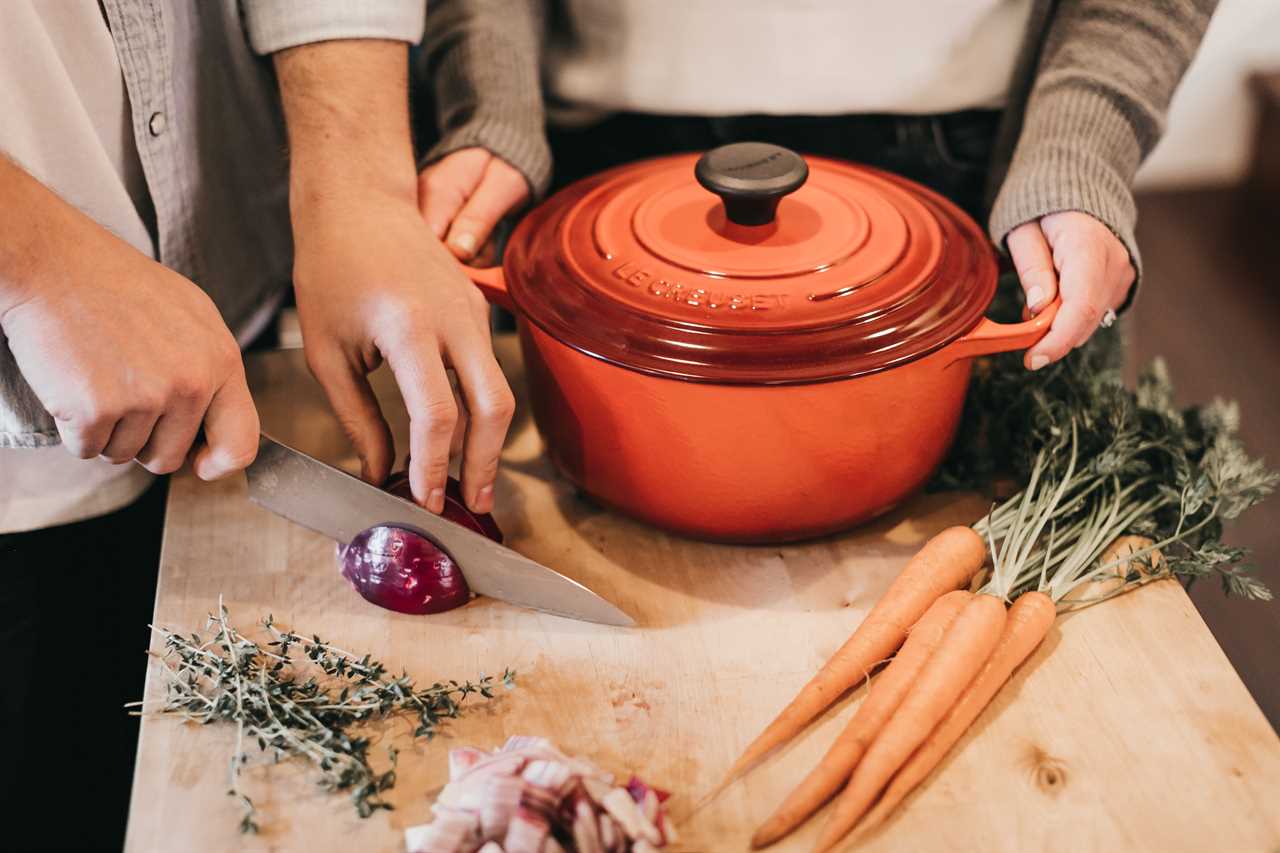
Here are four variations to try:
-
Sourdough Bread Pudding Variations: Sourdough bread adds depth and complexity to traditional bread pudding recipes. Whether combined with sweet guava and cheese or mixed with rich chocolate and berries, sourdough bread brings a delightful twist to this classic dessert.
-
Incorporating Sourdough in Cake Recipes: Swap out regular bread crumbs for crushed sourdough bread in cake recipes. The sourdough crumbs add a subtle tang and a hint of sophistication to your favorite cakes, creating a unique flavor profile that will surprise and delight your taste buds.
-
Sourdough Croutons for Ice Cream Toppings: Transform stale sourdough bread into crispy, golden-brown croutons to sprinkle over ice cream. The crunchiness of the croutons contrasts beautifully with the creamy texture of the ice cream, adding a delightful twist to this beloved dessert.
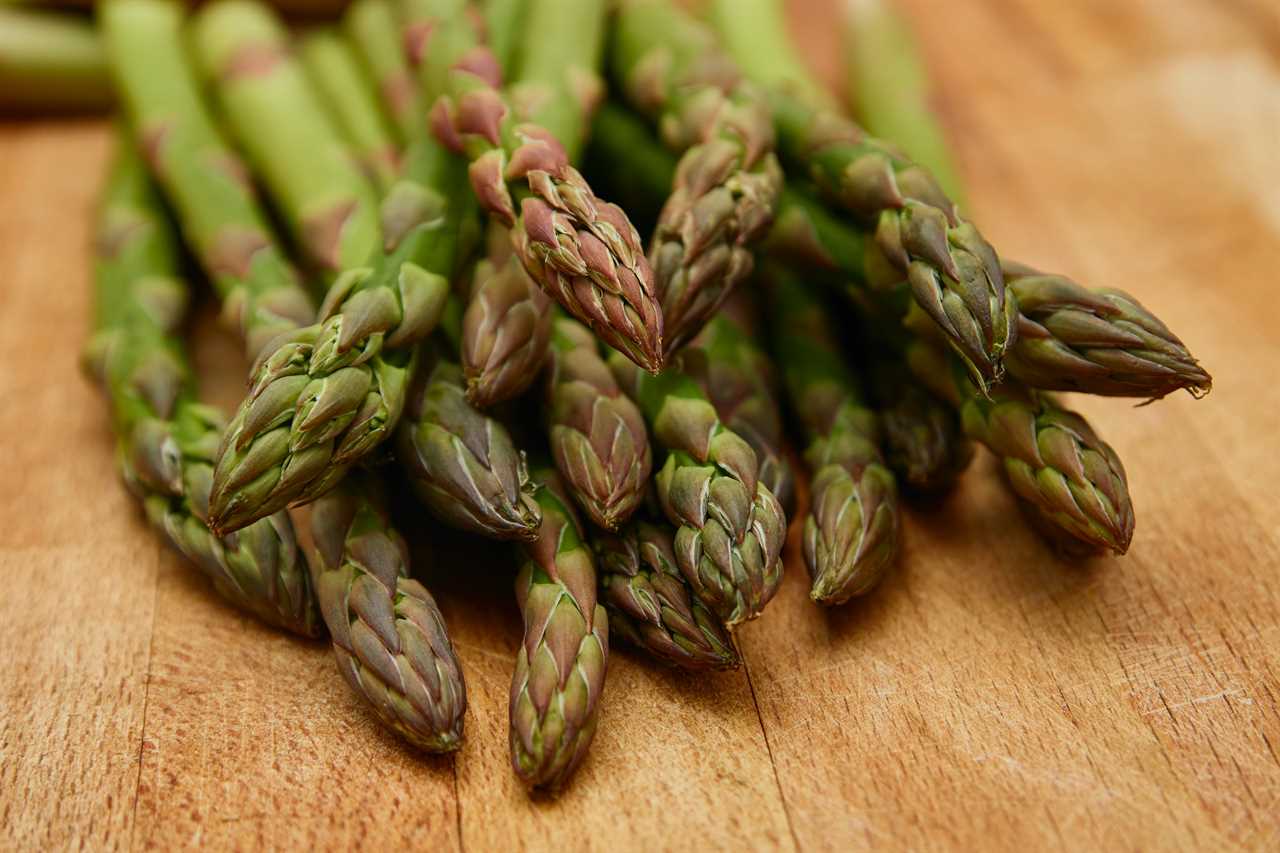
-
Sourdough French Toast: Give your breakfast a tangy upgrade by using slices of sourdough bread to make French toast. The sourdough’s tanginess pairs perfectly with the sweetness of maple syrup, creating a harmonious balance of flavors.
These innovative uses of sourdough bread showcase the endless possibilities for incorporating this beloved ingredient into desserts. Experiment with these variations and let your creativity run wild in the kitchen.
Butter and Shortening for Outstanding Biscuits
Combining grated cold butter and vegetable shortening creates a flaky and tender texture in biscuits, a technique praised by many for its outstanding results. The combination of butter and shortening in biscuit dough is a tried and true method that has been passed down through generations of bakers. The grated cold butter adds richness and flavor to the biscuits, while the vegetable shortening helps to create layers of flakiness. This unconventional pairing of ingredients may seem unusual, but it is the secret to achieving the perfect biscuit consistency. When baked, the biscuits turn golden brown on the outside, with a soft and buttery interior. The result is a biscuit that is both light and airy, with a melt-in-your-mouth quality that is hard to resist.
| Butter and Shortening Techniques | ||
|---|---|---|
| Grated cold butter | Vegetable shortening | Flaky and tender texture |
| Richness and flavor | Layers of flakiness | Golden brown exterior |
| Soft and buttery interior | Light and airy | Melt-in-your-mouth quality |
In addition to its traditional use in biscuits, butter and shortening can also be used in unconventional ways, such as in garlic bread. By combining softened butter with minced garlic and spreading it on a baguette, you can create a delicious and flavorful garlic bread that is perfect for serving with pasta or as an appetizer. The butter and shortening help to infuse the bread with a rich and savory flavor, while also adding a crispness to the crust. This unconventional use of butter and shortening in garlic bread is a testament to the versatility of these ingredients, and the endless possibilities they offer in the kitchen. So next time you’re looking to add a twist to your baking or cooking, don’t be afraid to experiment with butter and shortening – the results may just surprise you.

Extended Baking Time for Flavorful Pies
The extended baking time for pies ensures that they have a fully cooked and flavorful filling. The crust becomes golden-brown, creating a beautiful appearance and adding a pleasant crunch.
Martha Stewart advises baking pies until they reach this stage, emphasizing the importance of not being afraid to overbake. The longer baking time allows the flavors of the filling to develop and intensify, resulting in a pie with a rich and delicious taste.
Additionally, using cilantro stems is a simple yet effective way to maximize flavor in dishes. Instead of discarding them, chopped cilantro stems can be added to garnish tacos or other dishes, providing an extra punch of taste. This tip not only enhances the flavor of meals but also helps reduce food waste.
Utilizing Cilantro Stems for Maximum Flavor
Paola Velez’s recommendation to save and utilize cilantro stems showcases a simple yet effective method for maximizing flavor in various dishes. Rather than discarding the stems, which are often overlooked, chefs recognize their value and incorporate them into their cooking. Chopping cilantro stems and adding them to garnish tacos, for example, provides an extra punch of flavor. Additionally, incorporating cilantro stems in salad dressings adds a fresh and vibrant taste. By using leftover cilantro stems in cooking, not only are chefs reducing food waste, but they are also enhancing the flavor profile of their meals. The following table highlights the versatility of cilantro stems in different dishes:
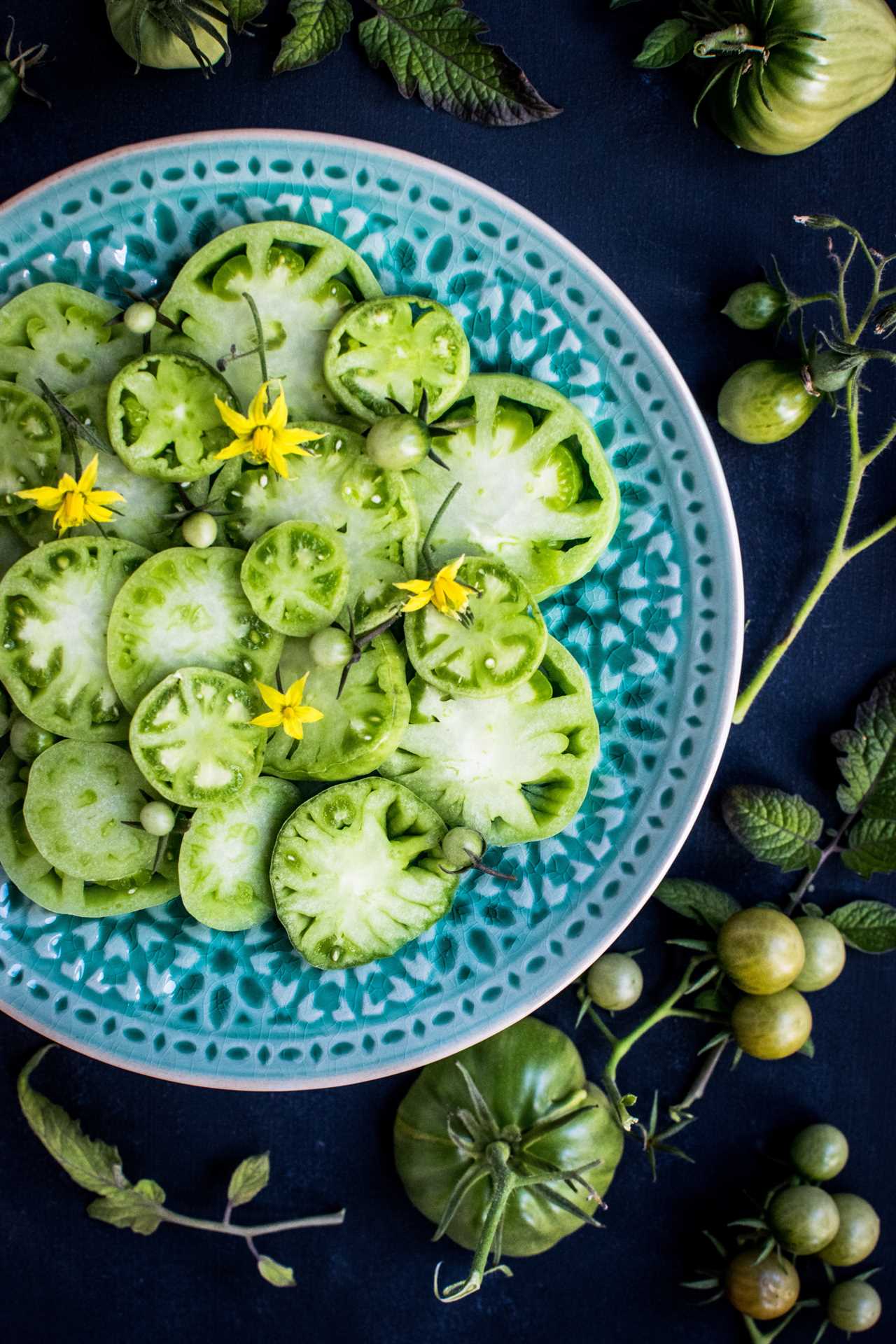
| Dish | Cilantro Stem Usage |
|---|---|
| Tacos | Chopped stems as garnish |
| Salad Dressing | Blended into the dressing |
| Soups | Added during the cooking process |
Utilizing cilantro stems not only adds depth and complexity to dishes, but it also allows for a greater freedom in culinary creativity.
Barista-style Oat Milk for Creamy Sherbet
Using barista-style oat milk in sherbet creates a rich and creamy texture that enhances the overall taste of the dessert. This type of oat milk, like Oatly, provides a similar creaminess to that of a latte, making it a great alternative to traditional dairy-based sherbet.
Here are some reasons why barista-style oat milk is perfect for creamy sherbet:
-
Creamy Smoothies: Barista-style oat milk is not only great for sherbet but also for creating creamy and delicious smoothies. Its velvety texture blends well with fruits and adds a touch of indulgence to any smoothie recipe.
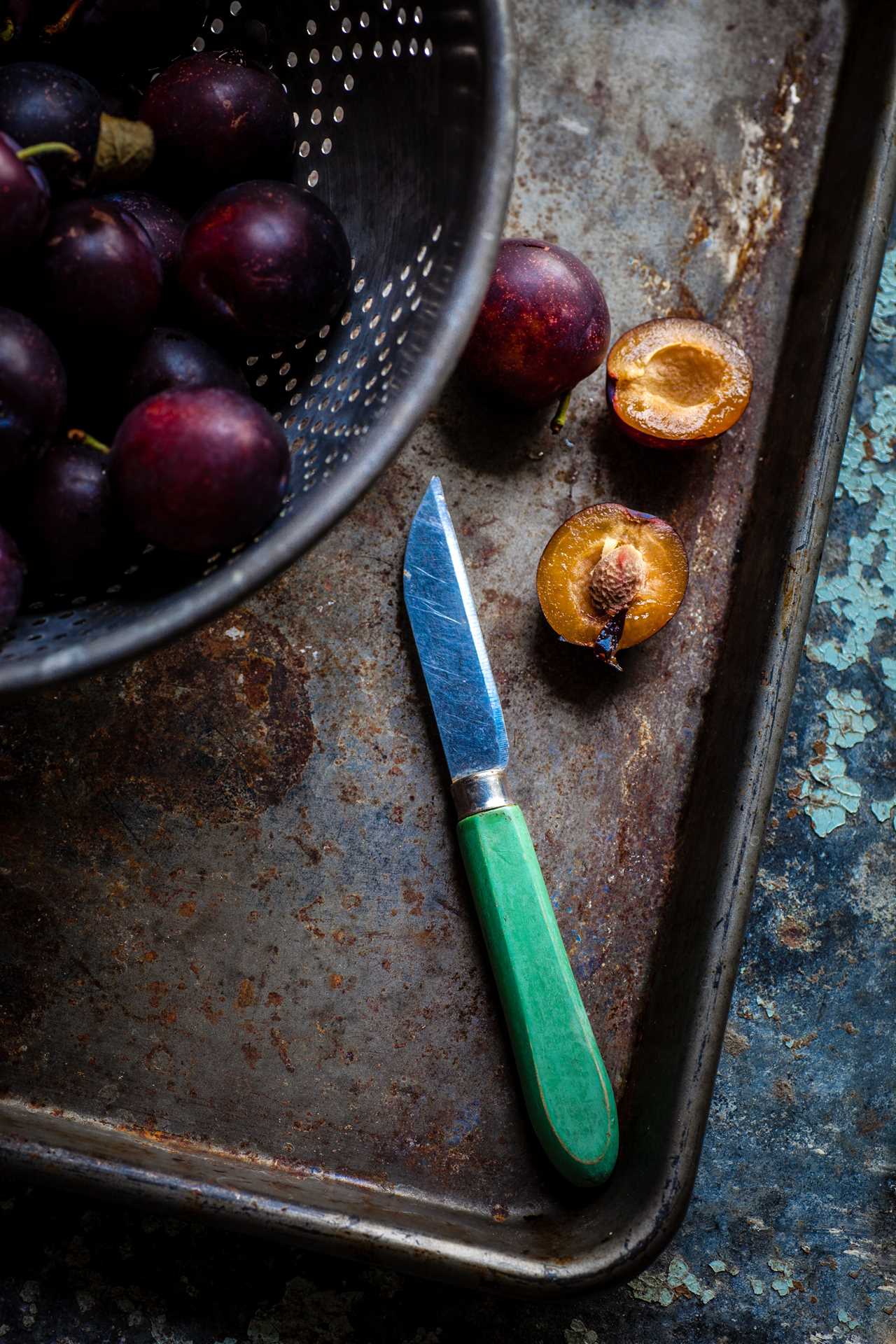
-
Dairy-Free Option: For those who are lactose intolerant or follow a plant-based diet, barista-style oat milk is an excellent choice. It allows them to enjoy creamy and satisfying desserts without compromising on taste or texture.
-
Versatile Ingredient: Barista-style oat milk is not just limited to sherbet; it can be used in various other dessert recipes like puddings, mousses, and even ice creams. Its creamy consistency helps to achieve a luxurious and velvety mouthfeel in any dessert.
-
Enhances Flavor: The neutral flavor of barista-style oat milk allows the other ingredients in the sherbet to shine. It acts as a canvas, showcasing the flavors of fruits, spices, or any other additions you choose to include in your sherbet.
With barista-style oat milk, you can create a delectable and creamy sherbet that will satisfy even the most discerning dessert lover. So, go ahead and give it a try in your next frozen treat creation!
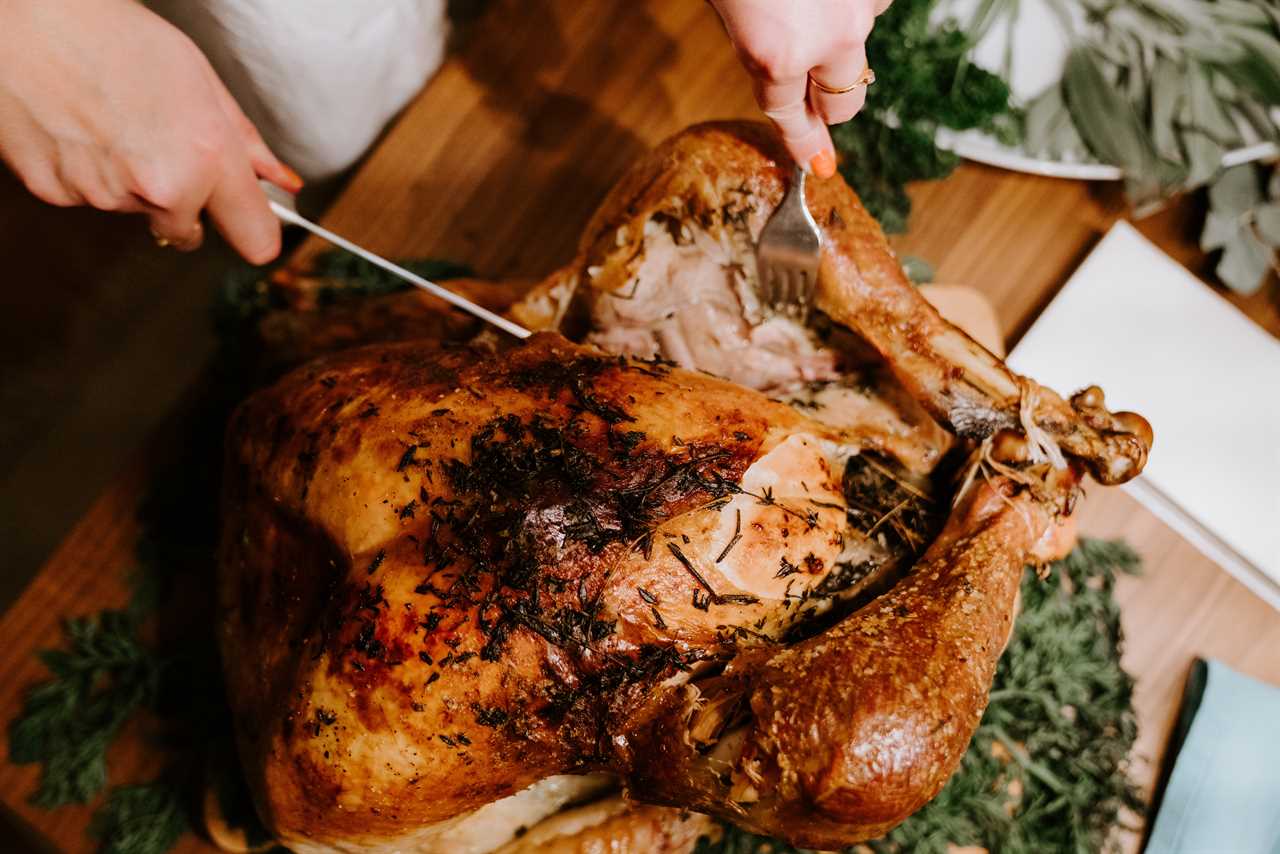
Goldfish for Creative Ice Cream Cones
Jenny Dorsey’s creative twist on ice cream cones involves using Goldfish crackers to make cheddar-cracker cones for her banana-rum ice cream. This unexpected pairing adds a savory and crunchy element to the dessert, giving it a unique and delicious twist. Imagine biting into a creamy scoop of banana-rum ice cream, nestled in a cone made of cheddar-flavored Goldfish crackers. It’s a playful and memorable way to enjoy ice cream, perfect for those who desire freedom in their culinary experiences.
To further enhance your culinary journey, let’s take a look at another chef tip: grilled romaine for Caesar salad. Chef Danny Grant suggests grilling romaine hearts to create a unique and indulgent twist on the classic Caesar salad. By lightly brushing the cut-side of the romaine hearts with oil and grilling them, you can infuse the dish with a smoky flavor that elevates its taste. Topped with olive oil, lemon, and black pepper, the grilled romaine creates a satisfying and delicious salad experience. It’s a perfect example of how chefs push the boundaries of traditional recipes to create something extraordinary.
Garlic as the Finishing Touch in Cooking
Adding garlic as the final ingredient when sweating vegetables in a pan enhances its flavor and prevents it from burning. This technique, recommended by Guy Fieri, ensures that the garlic releases its full aroma and taste.
Here are some garlic techniques to elevate your cooking:
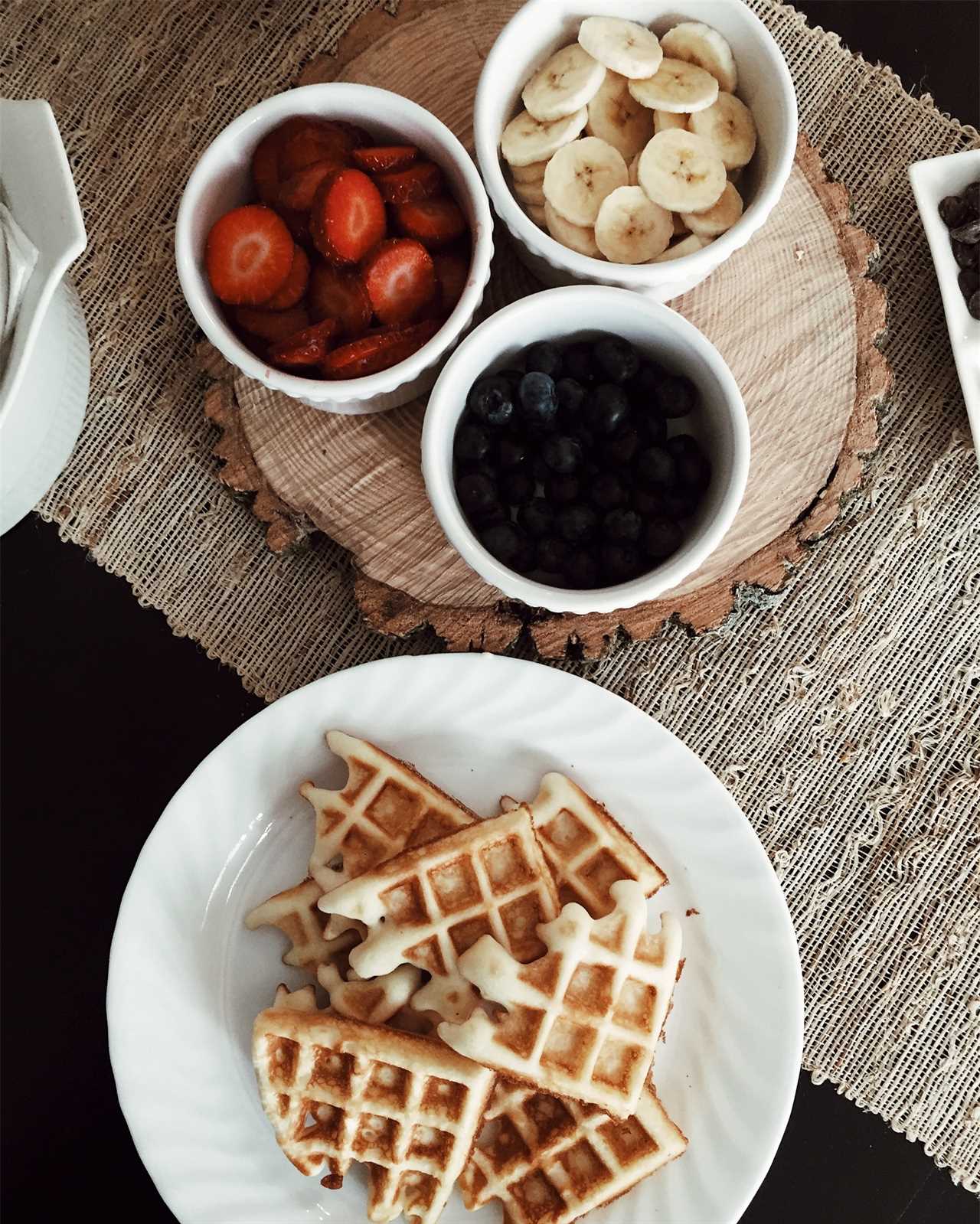
- Garlic should be added after onions and cooked until it becomes nutty and caramelized.
- Adding liquid immediately after the garlic reaches the desired caramelization level provides a balanced flavor.
- Caramelized garlic adds a rich and savory depth to dishes like pasta sauces and stir-fries.
- Using roasted garlic in mashed potatoes or spreads adds a hint of sweetness and a smooth texture.
Frequently Asked Questions
Can I Use a Hand Mixer Instead of an Immersion Blender to Make Whipped Cream?
Using a hand mixer instead of an immersion blender to make whipped cream is definitely an option. The hand mixer offers convenience and ease of use, allowing you to whip the cream to your desired consistency.
However, there are a few pros to using an immersion blender for whipped cream. It is known for its efficiency and ability to create a smooth and creamy texture.
Ultimately, the choice between the two depends on personal preference and the tools available.
What Other Types of Bread Can I Use in Bread Pudding Besides Sourdough?
When it comes to bread pudding, there are various types of bread that can be used besides sourdough. From classic options like French bread and brioche to more adventurous choices like cinnamon raisin bread or even croissants, the possibilities are endless.

Each type of bread lends its own unique flavor and texture to the dessert, allowing for a wide range of bread pudding variations. So don’t be afraid to get creative and experiment with different breads to create a truly delicious and unique bread pudding experience.
Is It Necessary to Use Both Butter and Shortening in Biscuit Recipes?
Using both butter and shortening in biscuit recipes is not necessary, but it can yield exceptional results. The combination of these fats creates a flaky and tender texture that many chefs swear by.
However, if you prefer to substitute or omit one of these ingredients, there are alternatives. For a butter substitute, you can use margarine or coconut oil, while lard or coconut oil can replace shortening.
Experimenting with different fats can lead to biscuits that suit your taste and dietary preferences.
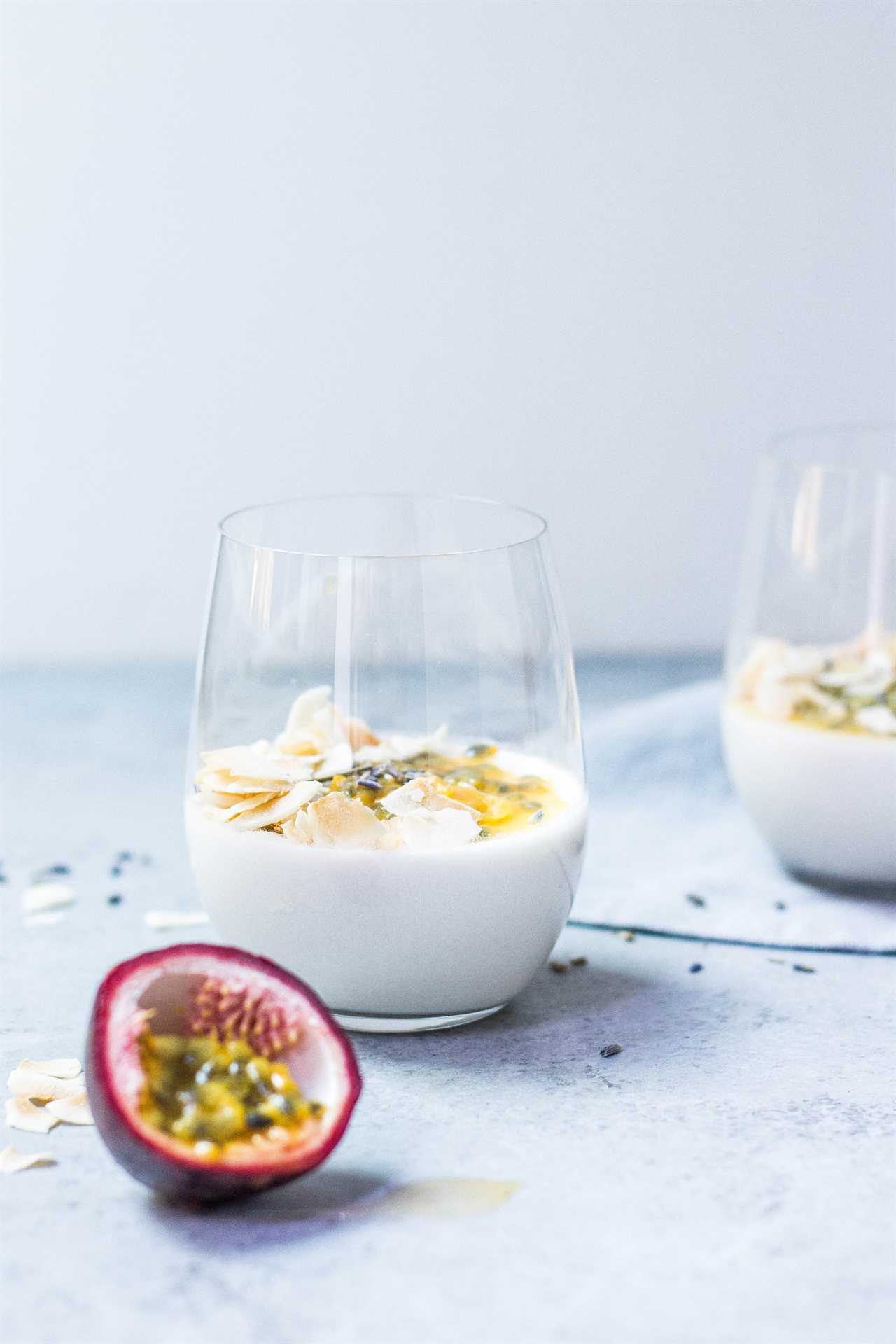
How Do I Know When a Pie Is Fully Cooked and Ready to Be Taken Out of the Oven?
Knowing when a pie is fully cooked and ready to be taken out of the oven can be a bit tricky, but there are some signs to look out for.
The baking time is an important factor, but the color of the crust is also a good indicator. A fully cooked pie will have a golden-brown crust that is nicely browned beneath.
Additionally, the filling should be bubbling and set in the center. These visual cues ensure a delicious and perfectly baked pie.
Can I Use Cilantro Leaves Instead of Stems for Garnishing Tacos?
Using cilantro leaves instead of stems for garnishing tacos is definitely an option. However, incorporating cilantro stems can add an extra punch of flavor to your tacos.
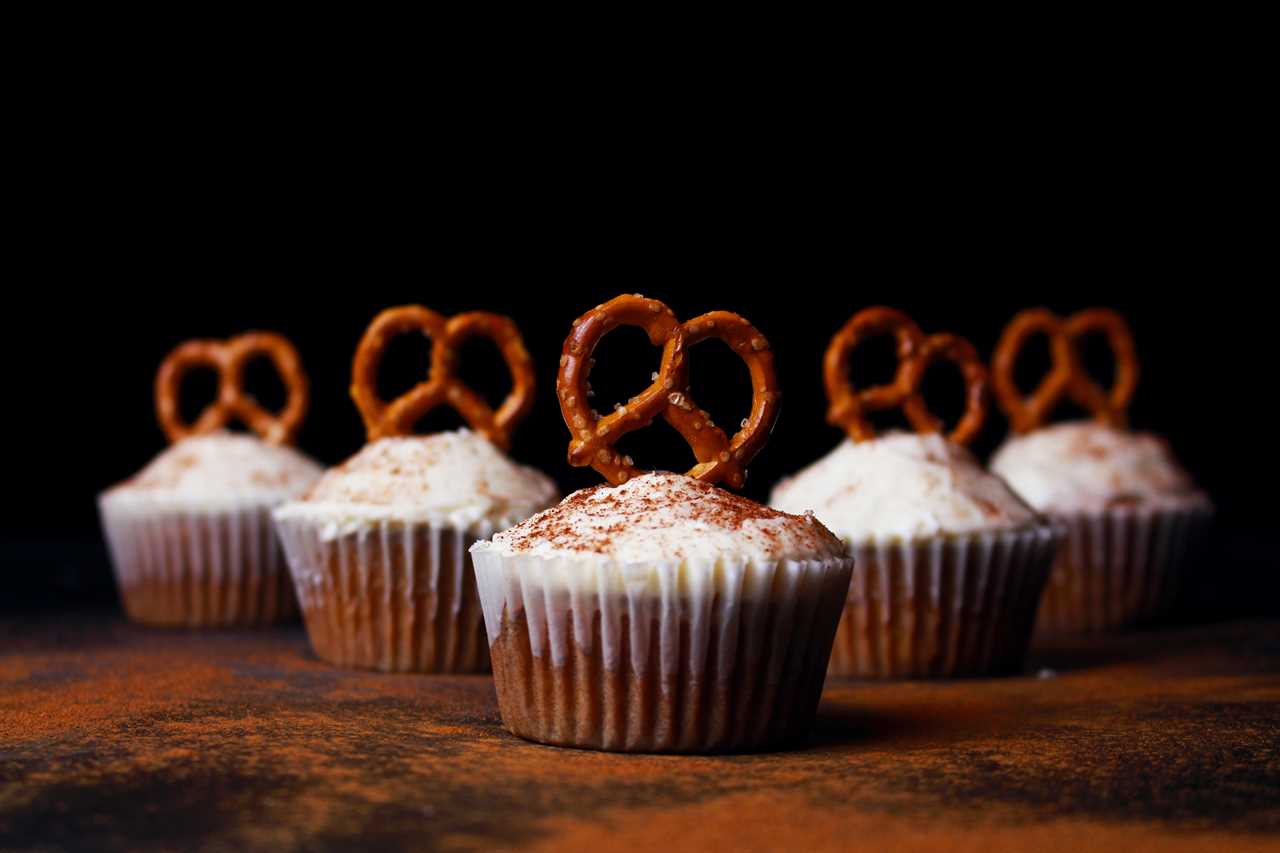
Imagine a vibrant taco filled with juicy meat, tangy salsa, and a sprinkle of chopped cilantro stems. The stems bring a unique taste that complements the other ingredients perfectly.

